BLM 100 Introduce
Within the expansive category of Campgrounds & RV Parks, "BLM 100" isn't a single, named campground with a specific location and set of amenities like a traditional commercial or even a developed government-run site. Instead, "BLM 100" serves as a conceptual representation for the extensive and diverse opportunities for dispersed camping, often referred to as "boondocking" or "primitive camping," found across the vast acreage managed by the Bureau of Land Management (BLM) in the United States. This designation implies the sheer volume and accessibility of public lands where camping is generally allowed without designated sites, fees, or extensive facilities. This introduction will delve into the general characteristics of what one might expect from a "BLM 100" experience, encompassing the environment, services, features, and any relevant promotional information, all based on the common practices and regulations governing BLM-managed public lands.
The environment associated with "BLM 100" is incredibly varied, reflecting the diverse landscapes the Bureau of Land Management oversees. These lands span deserts, mountains, forests, grasslands, and riparian areas, primarily across the western United States. When engaging in "BLM 100" camping, you are typically immersing yourself in open, untamed wilderness. This means you can often find secluded spots far from crowds, offering unparalleled solitude and direct connection with nature. The topography can range from flat, expansive plains ideal for large RVs to rugged, rocky terrain accessible only by high-clearance vehicles or on foot. You might find yourself amidst towering red rock formations in Utah, alongside a meandering river in Oregon, or nestled among ponderosa pines in Montana. These areas are characterized by minimal human impact, with natural flora and fauna being the dominant features. The beauty of "BLM 100" is this inherent variability; each camping experience can be uniquely tailored to the specific landscape you choose to explore, from arid desert expanses where stargazing is phenomenal to verdant forests offering shade and cooler temperatures. However, this also means being prepared for varied weather conditions and natural hazards indigenous to the specific region.
The services offered at "BLM 100" locations are, by their very nature, extremely limited, if present at all. This is the defining characteristic of dispersed camping on BLM lands. Unlike developed campgrounds that may provide amenities such as restrooms, potable water, picnic tables, fire rings, or trash receptacles, "BLM 100" generally implies an absence of such services. Campers are expected to be entirely self-sufficient. This means you must bring in all your own water, and have a plan for managing and packing out all waste, including human waste. While some previously used dispersed sites might have rudimentary fire rings created by previous campers, these are not maintained by the BLM. It is crucial to check local fire restrictions before considering any open flame, and a portable camp stove is often recommended for cooking. There are no RV hookups (electric, water, sewer) in "BLM 100" settings, and dump stations are typically found in nearby towns or developed campgrounds. The lack of services contributes to the 'free' aspect of many BLM dispersed camping opportunities, as there are generally no fees required for these primitive sites. Cell service can be unreliable or non-existent in many remote BLM areas, so campers should not rely on it for navigation, communication, or emergency services. This requires a greater emphasis on preparedness, including physical maps, satellite communication devices, and a comprehensive first-aid kit.
The features of "BLM 100" camping are primarily defined by the freedom and flexibility it affords. Without designated sites, campers have the autonomy to choose their precise location, often leading to breathtaking views and a sense of remoteness. The primary features are the natural resources themselves: unparalleled access to hiking, mountain biking, off-roading, rock climbing, wildlife viewing, fishing, and stargazing opportunities directly from your campsite. For instance, in many western states, BLM lands are crisscrossed with unpaved roads and trails, making them ideal for off-highway vehicle (OHV) enthusiasts, overlanders, and equestrians seeking extensive networks to explore. Many "BLM 100" spots are located near popular recreational areas, national parks, and national forests, serving as a convenient and often free alternative to more crowded developed campgrounds. The ability to park a campervan, RV, or pitch a tent almost anywhere legally allowed, provided it adheres to regulations, is a significant feature that attracts a wide range of outdoor enthusiasts, from van-lifers to seasoned backpackers. The stay limit on BLM lands is generally 14 days within a 28-day period in the same location, allowing for extended explorations of a single area before needing to move to a new spot, typically at least 25 miles away. This feature appeals to those seeking longer, more immersive experiences in the wilderness.
Promotional information for "BLM 100" is rarely found in the traditional sense, as it refers to a style of camping rather than a specific commercial entity. However, the concept itself is "promoted" by the Bureau of Land Management through its emphasis on public access and responsible land use. The core "promotion" revolves around the principles of "Leave No Trace," which are paramount for any "BLM 100" experience. This includes planning ahead and preparing, traveling and camping on durable surfaces (using existing disturbed areas for camping when possible, and staying at least 200 feet from water sources), disposing of waste properly (packing out all trash, human waste, and greywater), minimizing campfire impacts (if fires are even allowed), respecting wildlife, and being considerate of other visitors. Information on specific "BLM 100" opportunities is best found through detailed maps (like those from the BLM, USGS, or National Forest Service), specialized apps for dispersed camping, and local BLM field offices, which can provide current conditions, fire restrictions, and any specific regulations for a given area. The "promotion" is thus organic, driven by the desire for solitude, cost-effectiveness (as most "BLM 100" sites are free), and direct immersion in nature that only undeveloped public lands can offer. For those who value self-reliance and the raw beauty of the outdoors, "BLM 100" represents an ideal and readily available camping option within the vast landscape of the Campgrounds & RV Parks category.
Location
Customer Reviews
More Places to Explore Nearby
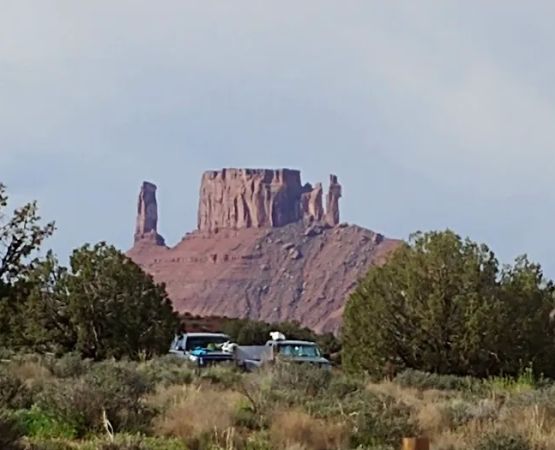
Upper Onion Creek Campground
Moab, UT 84532, USA
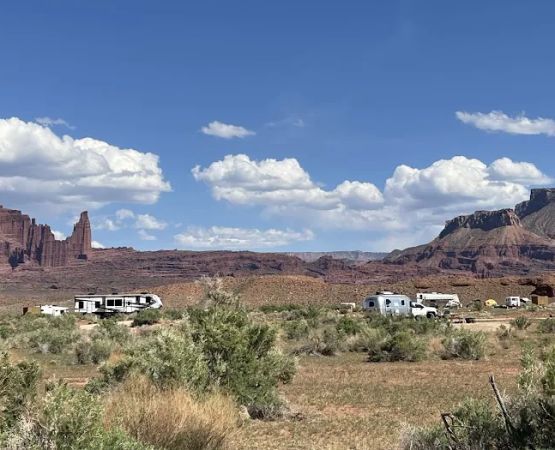
Lower Onion Creek Campground
Bureau of Land Management Moab Field Office, Fisher Towers Rd, Moab, UT 84532, USA
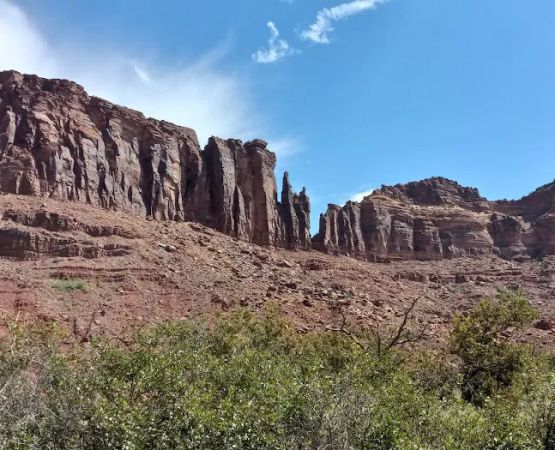
Picnic Shelter
Grand County, UT 84532, USA
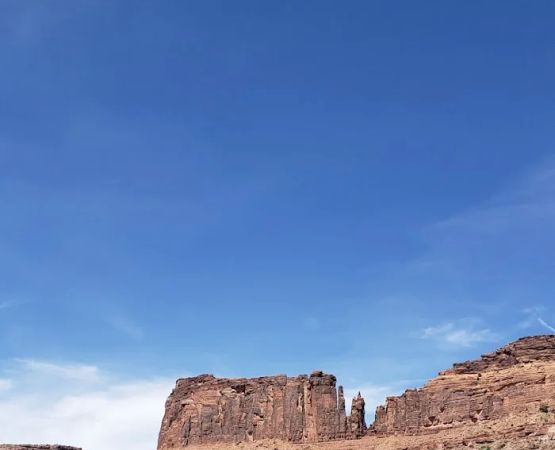
Hal Canyon Campground
UT-128, Moab, UT 84532, USA

Devils Garden Campground
Devils Garden Campground, Arches Entrance Rd, Moab, UT 84532, USA

Loop A
Utah 84532, USA
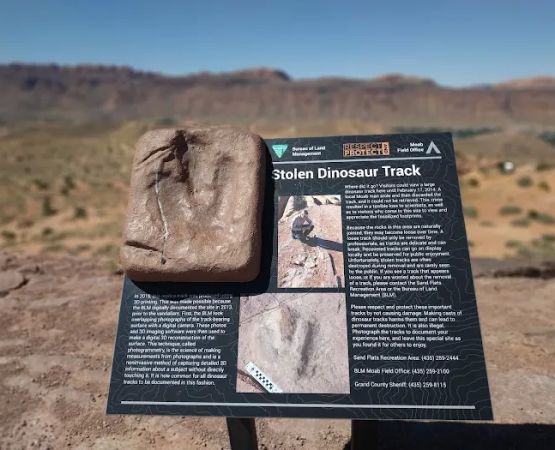
Hells Revenge Trailhead
Hells Revenge Safari Rte, Moab, UT 84532, USA
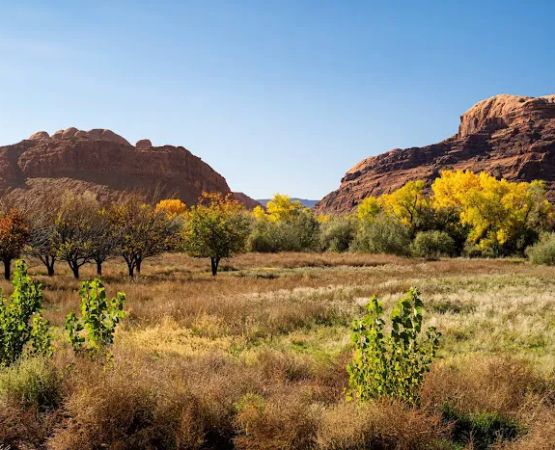
Sun Outdoors North Moab
1301 N Hwy 191, Moab, UT 84532, USA
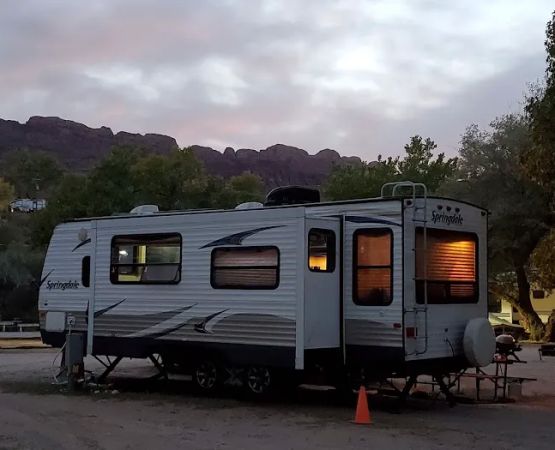
Pack Creek Mobile Home Park
1520 Murphy Ln # 6, Moab, UT 84532, USA
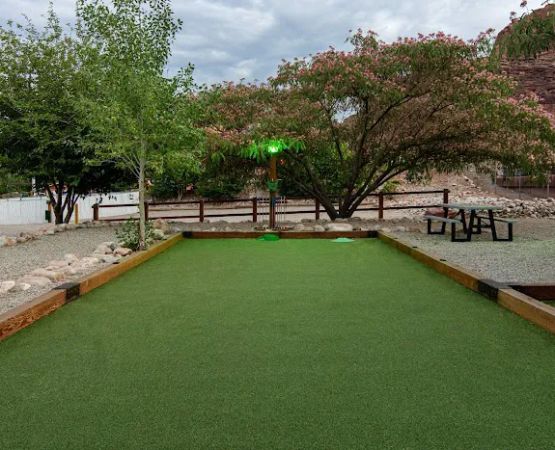
Sun Outdoors Arches Gateway
1773 N Hwy 191, Moab, UT 84532, USA
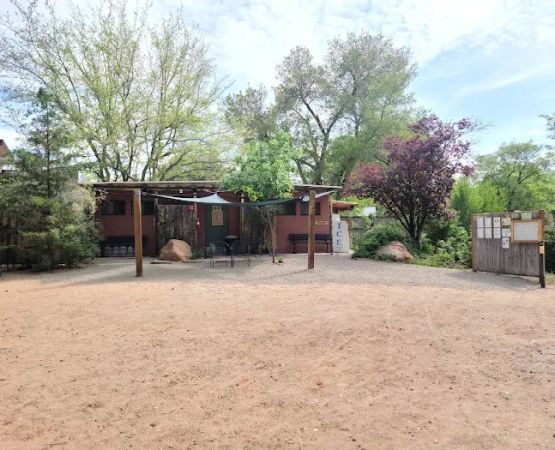
Up the Creek Campground
210 E 300 S, Moab, UT 84532, USA
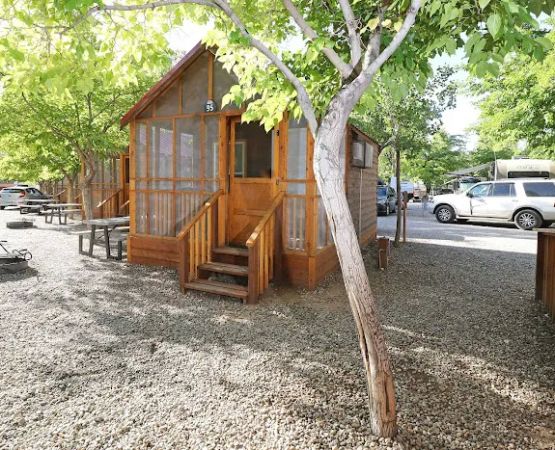
Sun Outdoors Moab Downtown
555 S Main St, Moab, UT 84532, USA
Categories
Popular Campgrounds & RV Parks
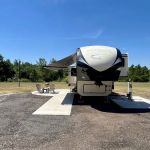 Sunset RV, Avalon Section4.0 (3 reviews)
Sunset RV, Avalon Section4.0 (3 reviews)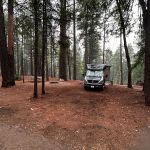 Pinewood Cove Resort4.0 (50 reviews)
Pinewood Cove Resort4.0 (50 reviews)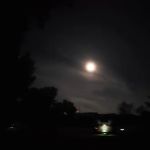 Tower View Campground3.0 (13 reviews)
Tower View Campground3.0 (13 reviews)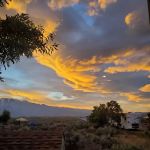 Washoe Lake State Park Campground4.0 (225 reviews)
Washoe Lake State Park Campground4.0 (225 reviews)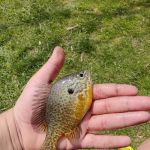 How Kola Campground4.0 (134 reviews)
How Kola Campground4.0 (134 reviews)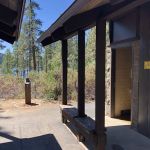 Giant Gap Family Campground4.0 (97 reviews)
Giant Gap Family Campground4.0 (97 reviews)Must-Read Camping & Outdoor Blog Posts
Most Searched Japanese Restaurant Sites
Trending Camping & Outdoor Blog Posts
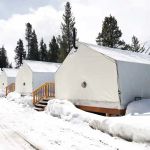 Winter Glamping Retreats in the U.S. You Didn’t Know About
Winter Glamping Retreats in the U.S. You Didn’t Know About Best Family-Friendly Campgrounds with Playgrounds and Kids’ Activities
Best Family-Friendly Campgrounds with Playgrounds and Kids’ Activities Top Family-Friendly Resorts Near Outdoor Adventure Destinations
Top Family-Friendly Resorts Near Outdoor Adventure Destinations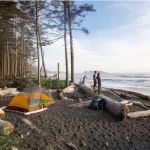 Top-Rated Campgrounds for Exploring National Forests
Top-Rated Campgrounds for Exploring National Forests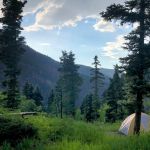 Top-Rated Camping Spots Near Scenic Trails: Explore the Best Outdoor Getaways
Top-Rated Camping Spots Near Scenic Trails: Explore the Best Outdoor Getaways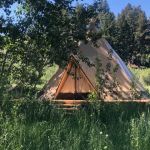 Affordable Luxury Camping Experiences at Top Resorts
Affordable Luxury Camping Experiences at Top Resorts 